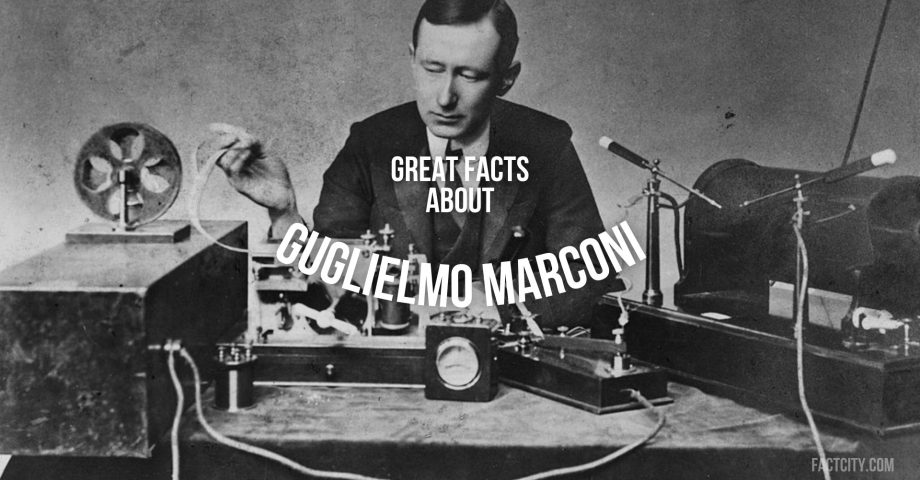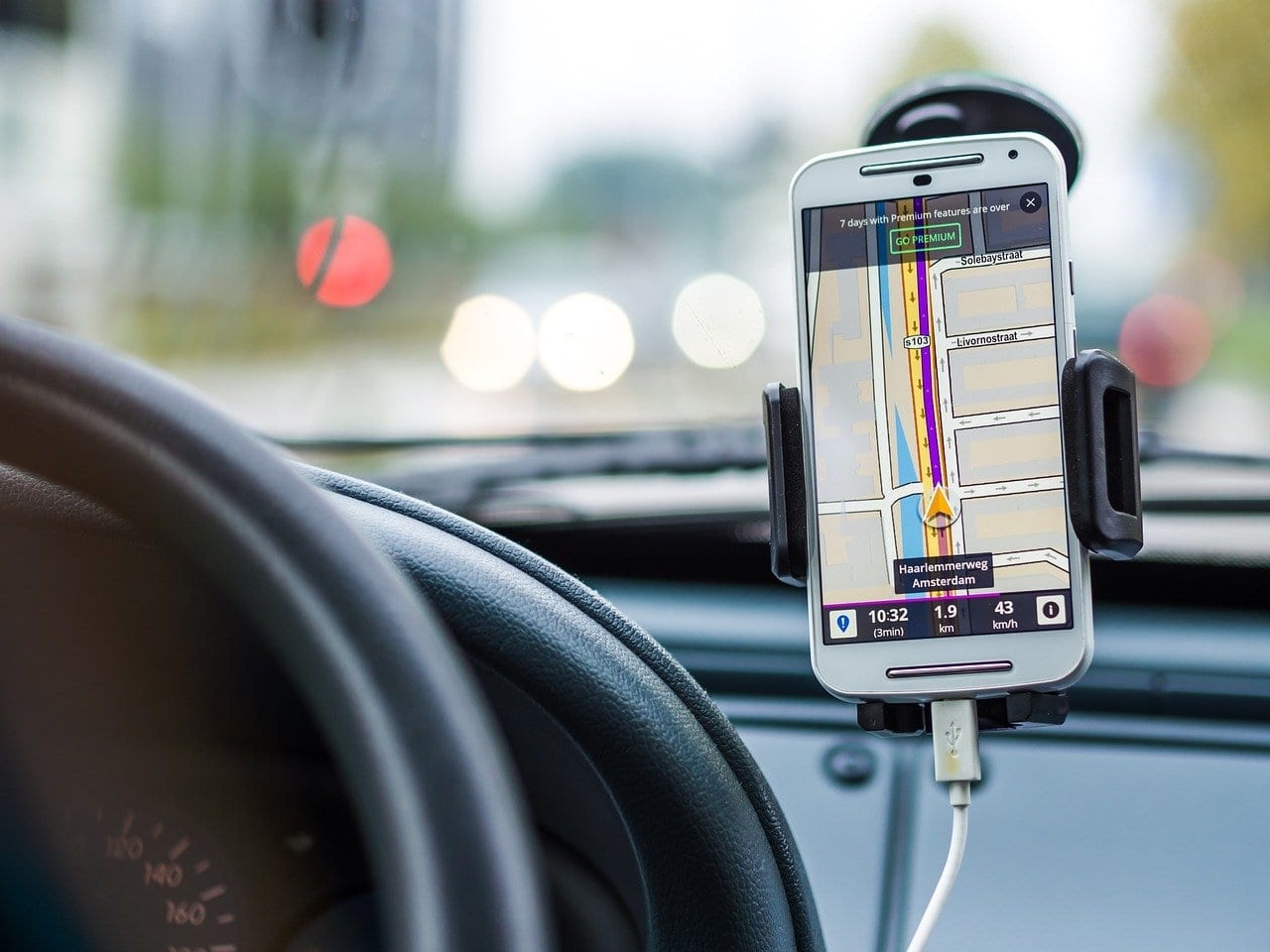When it comes to the most important inventors and engineers of the past few centuries, it’s difficult to go anywhere without mentioning the marvellous Guglielmo Marconi, an Italian genius who effectively invented the radio as we know it today.
Without Marconi, we wouldn’t have been able to speak to each other through radio waves over long distances, and we certainly wouldn’t be able to listen to our favourite tunes on road trips! Marconi’s name is well-known among radio fanatics, but we feel it’s time to put his name back in the spotlight for the world to share in his achievements.
Whether or not you’ve ever used a radio before, here are some facts about Guglielmo Marconi you’re going to want to remember.
1. Marconi was born in Bologna.
Specifically, Marconi was born in the region of Palazzo Marescalchi. He was born to Annie Jameson, who was Irish, and an Italian aristocrat by the name of Giuseppe Marconi. He actually lived in Bedford, England, for several years as a child.
2. He never went to school.
Bizarrely, considering the inventions he went on to mastermind, Marconi never actually attended school as a child. He never attended any further education, and would instead study privately thanks to visiting tutors his parents arranged for him.
He’d eventually work with Augusto Righi and would head to lectures at the University of Bologna, where the future inventor would further build his knowledge of science and technology – something which had always fascinated him.
3. He set up a labouratory in the attic.
It’s true! Some of the biggest movements and inventions start at home, and it’s in his family’s home attic that Marconi would begin experimenting with radio waves.
His keen interest in setting up home experiments was inspired by Righi, and it wouldn’t be the last time he’d use the family home to tinker with the tech that inspired him so much.
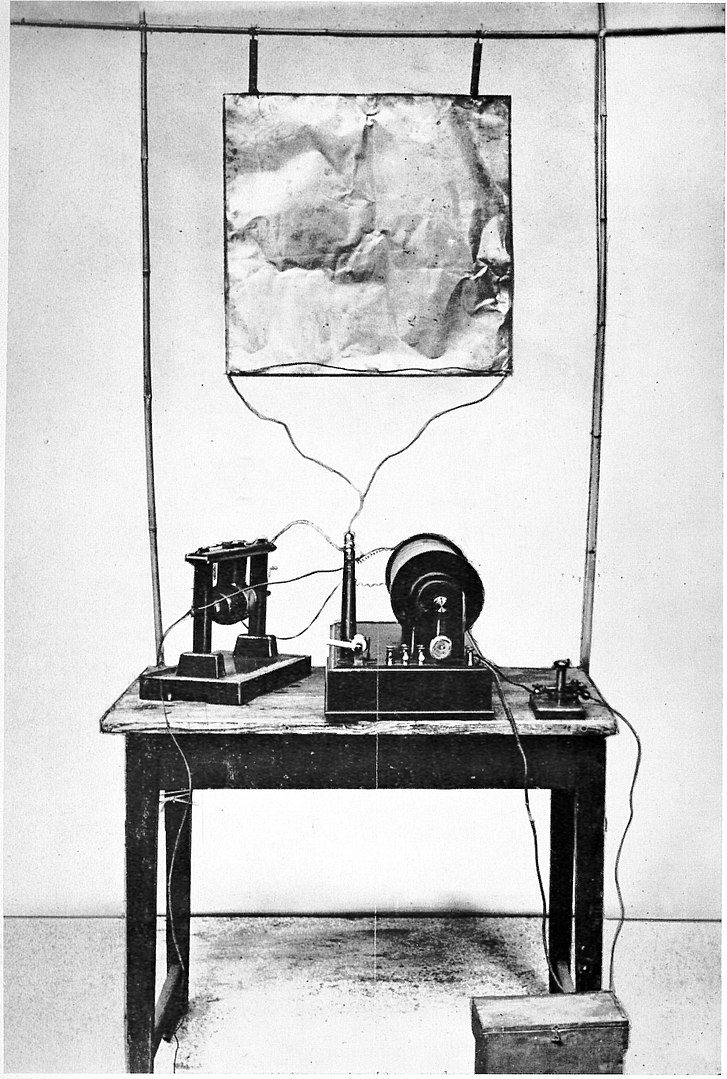
4. He was only 22 years old when he filed his first-ever patent.
Many of us achieve greatness much later in life than Marconi! The inventor would officially become an inventor at 22, when he submitted a patent for “Improvements in Transmitting Electrical Impulses and Signals, and in Apparatus Therefore.”
In the British patent office, where Marconi had filed his experiment, this was known as Patent No. 12,039. It was a pivotal step forward toward the eventual realization of the radio, granted in 1897.
5. He proved that people could communicate wirelessly.
Communicating wirelessly is something we all do every day without even thinking about it. And yet, back in 1897, such a task was completely unheard of!
1897 proved to be an incredible year for Marconi, as following his patent, he would go on to demonstrate a message sent from the Bristol Channel across an amazing distance of around four miles.
6. He closed 1897 by setting up a wireless station.
Marconi’s barnstorming year as an inventor came to a close as he set up what became the world’s very first wireless station of its kind on the Isle of Wight, off the south coast of England.
It would only be the first of many stations and setups that Marconi and his company would build and launch over the decades to come.
7. He founded his own company
Guglielmo founded his own company, the Wireless Telegraph & Signal Company in 1897. The company later became known simply as the Marconi Company.
That same year, Marconi demonstrated Marconi’s Law. This law states that the maximum distance over which radio waves can travel is proportional to the square of the height of the antennas. It was a crucial law that helped better understand and develop radio.
And, thanks to that law, Marconi participated in sending the first-ever transatlantic signal in 1901. The message was transmitted from Poldhu in Cornwall, England, to Signal Hill in St. John’s, Newfoundland.
The company has been credited with helping found NBC and the BBC!
8. He won the Nobel Prize.
In 1899, Marconi’s Wireless Telegraph was demonstrated in the US. The device sent a message across the English Channel from France to England.
Then, in 1909, Guglielmo Marconi finally won the Nobel Prize in Physics. He shared the award with Karl Ferdinand Braun for their incredible contributions to the development of wireless telegraphy.
He was the first-ever inventor/entrepreneur to win the Nobel Prize for Physics!
Interestingly, the award very nearly went to the Wright Brothers. However, due to wide concern about the safety of aviation, the Nobel Committee chose to give the award to Marconi instead. What an incredible few years for innovation!
9. He helped those on the Titanic.
Guglielmo Marconi’s inventions proved to be life-saving as well as simply useful! Wireless operators on the Titanic used Marconi equipment to send distress signals following the disaster. It was that technology that helped save hundreds of lives.
That being said, it was the SS Ponce that was the first ever ship to request medical assistance via wireless.
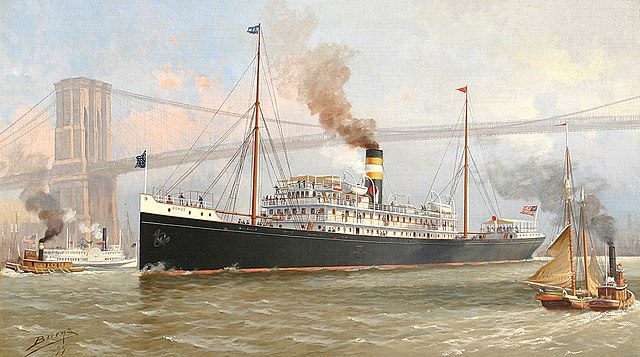
10. He achieved the first transatlantic radio broadcast.
Beyond achieving the first-ever transatlantic signal, Guglielmo Marconi also helped achieve the first-ever transatlantic radio broadcast! This occurred in 1920, and it quite litreally changed the world. This broadcast marked the beginning of regular transatlantic radio communications.
Marconi proved that radio waves could be used for long-distance communication, finally changing the belief that radio waves traveled in straight lines and could not bend with the Earth’s curvature.
11. Controversially, he supported Mussolini.
It is worth noting that Guglielmo Marconi, for all his amazing feats, was not perfect. In fact, he famously supported Benito Mussolini in fascist Italy.
He was even appointed President of the Royal Academy of Italy in 1930, making him closely linked with the oppressive Fascist regime. He was even a member of Mussolini’s Grand Council of Fascism.
Interestingly, his support for Mussolini supposedly came from the fact that he was also an Italian delegate to the Paris Peace Conference following the end of the first World War.
Having tried to convince then-US President Woodrow Wilson to support Italy in claiming back parts of the Austro-Hungarian Empire, Marconi, along with others, turned to Mussolini hoping he would honour his promises to restore Italy to its former glory.
And, as we all know now… he did not!
12. Marconi’s brilliant inventions were also used in the military.
Marconis’ pioneering wireless telegraphy, in particular, was crucial during World War I for communication.
In fact, he was famously supported by the navy. The Italian Navy, in particular, greatly supported the potential of Marconi’s wireless communication system early on and was keen on developing it further.
In 1899, the first Marconi signal box was deployed on the SS Saint Paul. This invention revolutionized maritime communication, proving the Italian Navy right!

13. He built multiple towers.
To support his inventions, Marconi had several high-powered transmission stations erected over the decades. These included the Marconi Towers in Canada and Ireland, which were specially built to support transatlantic communications.
In 1927, he also developed the Beam Wireless Service, which provided wireless telegraphy and telephony between Europe and North America. Without Marconi, we certainly wouldn’t be able to communicate with each other across the miles.
14. He helped develop radar.
One of the things Guglielmo Marconi was most famous for was his contribution to the development of what we now know to be early radar technology! His research into short-wave radio transmissions paved the way for radar, which sea vessels of course use to help navigate waters.
15. He has his own special day.
International Marconi Day is celebrated every year on Guglielmo Marconi’s birthday. The day honours his contributions to radio communication and the many different ways his genius has helped us advance as a society.
Although it is not a public holiday, many still honour him on this day to commemorate all that he did – and that’s regardless of the man’s now concerning political affiliations.
16. He also has his own society.
The Marconi Society was founded in 1974, created to promote awareness of telecommunications advancements – though many of us are already pretty familiar with how fast technology is advancing!
However, tragically, Guglielmo Marconi would not live to see the creation of this society. It was created by Gioia Marconi Braga, his daughter, to commemorate 100 years that had passed since his birth.
The society is still running today and continues in its goal to promote technological advancements.
It even has its own award, the Marconi Prize! This award is given every year to hardworking innovators in the hopes of encouraging others and continuing Guglielmo Marconi’s legacy.
17. He even made an impact in space!
Believe it or not, Guglielmo Marconi also made a huge impact in space! To be more specific, NASA’s Mariner 2 used Marconi’s principles. The spacecraft’s communication system was based on his wireless technology, which proved to be crucial for the voyage!
Marconi wouldn’t live to see humanity reach the stars, but it’s fascinating that his technology would prove pivotal in our exploration beyond terra firma.
18. He became a British citizen.
In 1901, Guglielmo Marconi officially became a British citizen. He did so to facilitate his business operations in the UK—and, given that he’d already spent some time in England as a child, the move made all the more logical sense.
His ties in the UK served him well, even beyond his inventions. In 1924, he was knighted by King George V!
He also received the title of Marchese (Marquis) from King Victor Emmanuel III of Italy, so it’s fair to say that he was well appreciated by royalty!

19. He was also an Italian senator.
We’ve already addressed some of Marconi’s political beliefs, but did you know the inventor also held a political position of his own?
Due to the fact that his contributions to science and technology were recognised at the highest levels, Guglielmo Marconi was indeed appointed as an honourary Senator of sorts in the Italian parliament in 1914.
When Italy joined the Allied forces during World War I, Guglielmo Marconi was put in charge of the military’s radio service in Italy. He, therefore, reached the rank of lieutenant in the Italian Royal Army.
20. He received many honourary degrees.
Marconi’s honours certainly came thick and fast! Despite the fact that he had no formal education in engineering, it did not prevent the inventor from receiving various degrees! In fact, he received multiple honourary degrees throughout his lifetime. Universities from all over the world honoured him for his contributions to science and technology.
And, even posthumously, he has received multiple honours. Numerous institutions and awards bear his name for his impact on modern communication. For example, Marconi Plaza is a Philadelphia park named after him.
21. He worked with Edison for a time.
Guglielmo Marconi did indeed work with Thomas Edison! In fact, their collabouration helped advance wireless technology over in the US.
It was believed that their friendship was one of the reasons Edison made certain patents available to Marconi instead of selling them to one of his competitors.
Edison, of course, was one of the most prolific inventors of all time – and without him and Marconi, the current technological landscape would look a lot different.
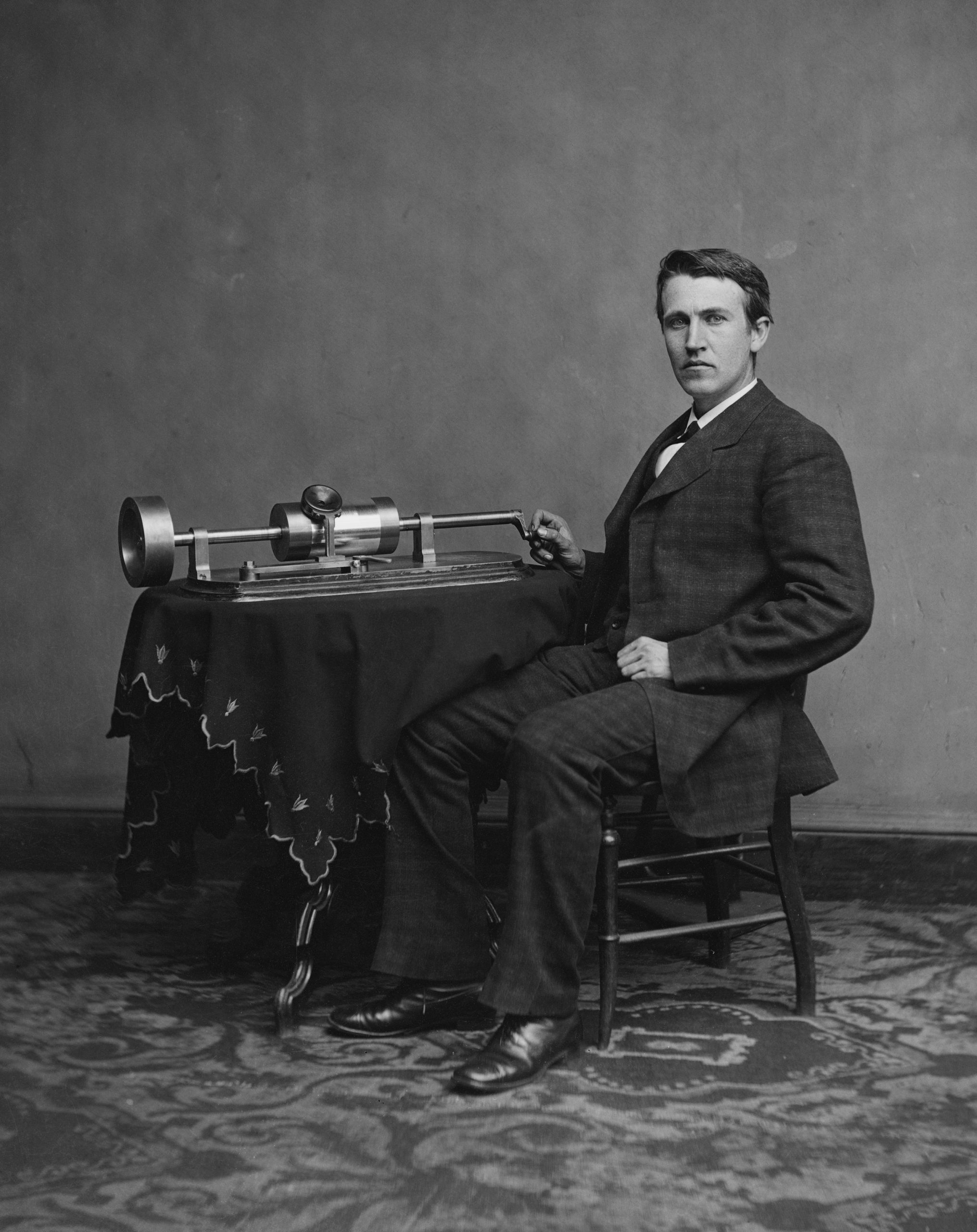
22. He had an interesting love life!
Marconi certainly lived an intriguing life beyond his work, and he even had a complex love life! He was engaged twice during his lifetime, and both times was engaged to avid American feminists!
He was first engaged to Josephine B. Holman, then to Inez Milholland. He was also linked to various artists, actors, singers, and journalists throughout his life.
23. He lived on a boat!
Following the First World War, Guglielmo Marconi bought a 220-foot yacht from the British government. He named the boat Elettra, which he also eventually named his youngest daughter.
The boat was equipped with its own wireless research lab, too – in which a staff of 35 people worked. The boat remained his home for about twenty years!
24. He is now resting in Florence.
Guglielmo Marconi died on July 20th, 1937. He passed away in Rome, Italy, only at the age of 63. When he died, radio stations worldwide went completely silent in his honour.
He is buried over in the Basilica of Santa Croce in Florence, and his tomb has become an area of pilgrimage for those who honour his legacy in science and technology.
People from all over the world travel to visit his tomb and pay their respects to the work that Guglielmo Marconi did during his life, and the effects that it has all had on the world, even long after his death.
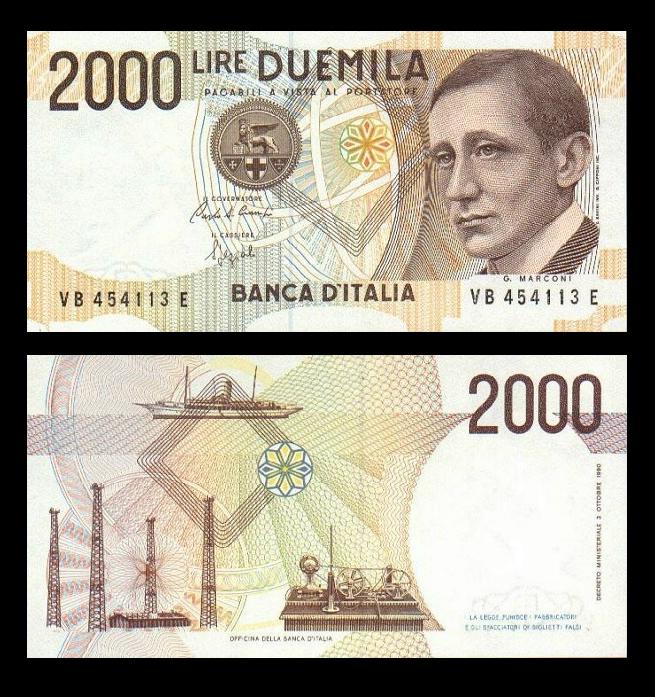
25. The first message Marconi sent was one letter long.
It’s true! Marconi’s first transatlantic message didn’t include anything poetic or poignant. Rather, it was just the letter S, sent in Morse code. The letter made it around 2,000 miles from Cornwall to Newfoundland in Canada.
26. Marconi received a full state funeral.
Befitting the incredible work Marconi gave to the world, Italy ensured that the inventor received a state funeral in Rome.
This, naturally, led to streets full of mourners, with processions of flowers and a hearse drawn by horses. Regrettably, the procession also included many people giving Fascist salutes – a sad reminder of the inventor’s political choices.
27. You’re probably using Marconi’s technology right now.
While technology has evolved immensely since Marconi’s heyday, there’s every chance you’re using devices right now that are rooted in his incredible innovations.
For example, we still commonly use radio waves, which Marconi uncovered and manipulated, in Bluetooth speakers – meaning your Amazon or Google devices have him to thank.
You’ll also find that radio waves are vital in supporting GPS navigation, baby monitors, and even the remote for your garage door. Without Marconi, life would be much less convenient, that’s for certain!
FAQs About Guglielmo Marconi
Was Guglielmo Marconi on the Titanic?
No, Guglielmo Marconi was not on the Titanic. Despite having been offered free passage on the ship, he had taken the Lusitania, a different ship, three days before the Titanic departed.
That being said, as mentioned above, he did have something to do with the Titanic, notably with the number of people who managed to survive the ship's sinking. Without Guglielmo Marconi’s invention, the passengers and crew would not have been able to send the distress signal that eventually brought emergency services to the survivors' rescue.
What happened to Guglielmo Marconi?
A decade before he died, Guglielmo Marconi sustained a myocardial infarction. He then had to deal with angina pectoris. He eventually died of a heart attack in 1937.
Who was Guglielmo Marconi married to?
Despite having been engaged to multiple women, Guglielmo Marconi was, in fact, married only twice during his lifetime. He was married to Beatrice O’Brien first, from 1905 to 1924. Then, he was married to Maria Cristina Bezzi-Scali from 1927 until his death in 1937.
He had five children in total: Maria Elettra Elena Anna, Giulio, Degna, Gioia, and Lucia.
Do you know any fun facts about Guglielmo Marconi? Share them in the comments below!
